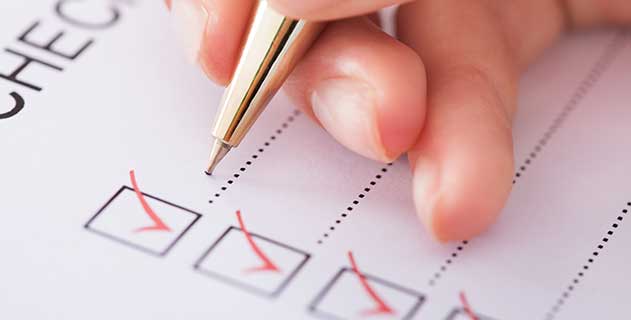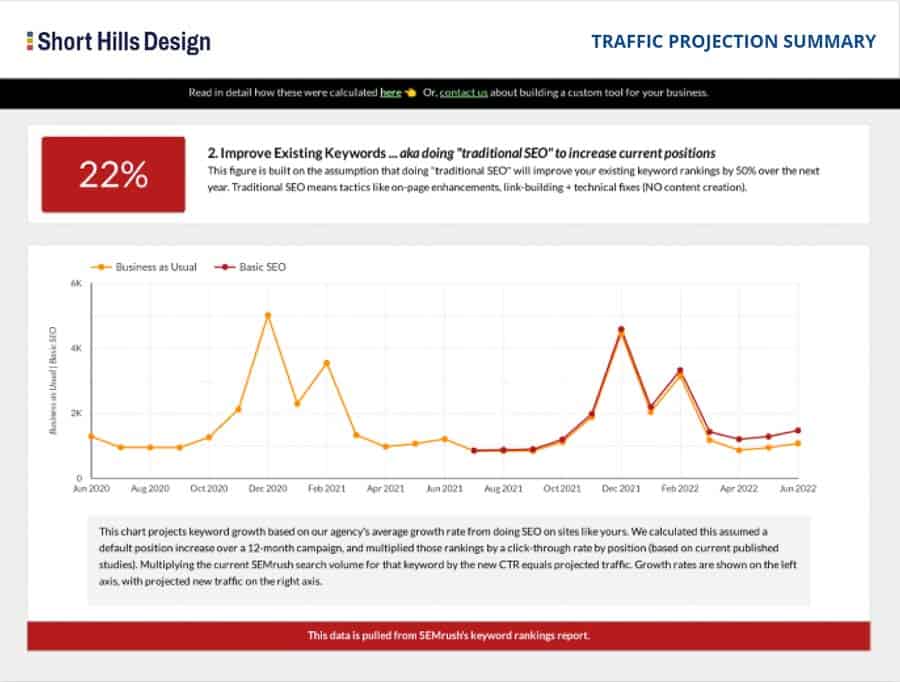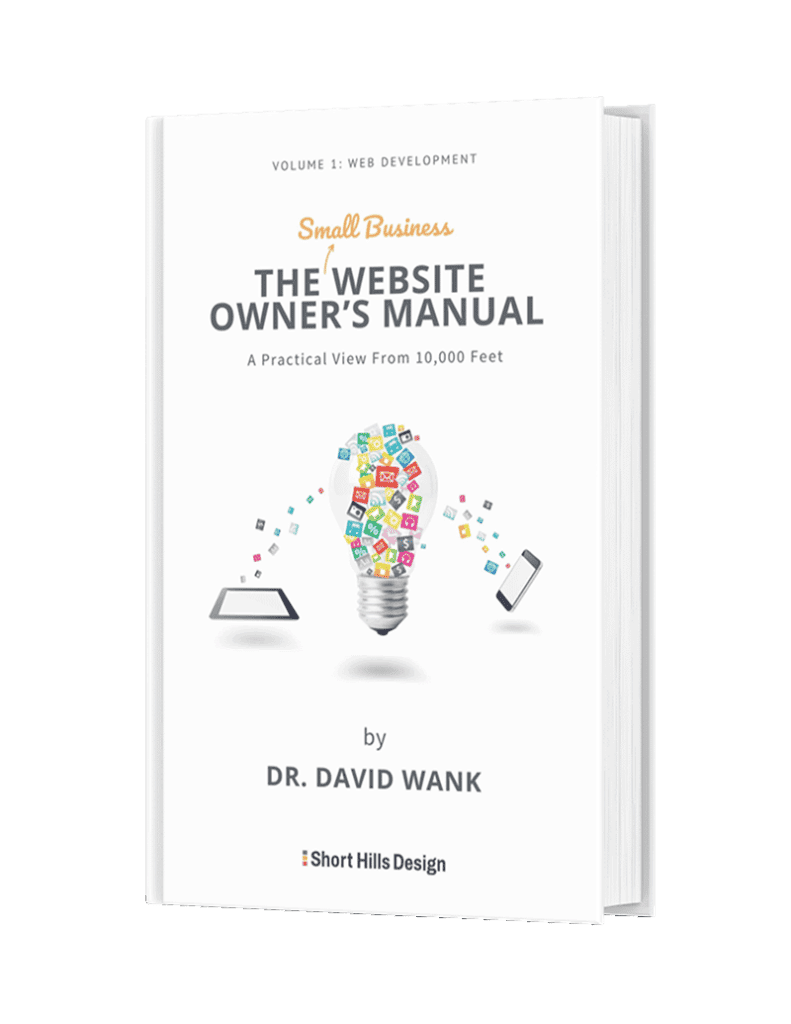
1) Setup Google Analytics. Almost everyone has Google Analytics setup on their websites, but very few people actually use it to get actionable data. If nothing else, take a look at your analytics data to see the number of organic visitors who came to your site each month, on average, for 2020. Use that as a starting point for setting your 2021 traffic goals.
2) Setup a Facebook Pixel and a Custom Audience. Even if you aren't advertising on Facebook yet, take the time to setup Pixel on your website, and then create a custom audience to start gathering data. You might not use the data now, but if and when you are ready to do paid ads, you will have warm traffic (people who know your brand) to start with.
3) Check your home page's page speed. Visit tools.pingdom.com and type in your web address, and make sure that your site loads in under 3 seconds. Getting your pages ranked on Google is much more complex than just page speed, but this handy check will quickly let you know if you need to work on page speed.
4) Check the size of your images. Use the free tool Screaming Frog SEO Spider to run a report of the sizes of your image files, as large images can cripple your website's load time (and thus your rankings). Make sure that all of your images are 40-75kb - though your home page image can be larger since it likely will have to stretch for larger screens and need more pixel depth.
5) Test your website forms to make sure they work. Go to your website right now and submit a test contact request, and make sure you receive it. There's nothing worse than working to drive traffic and get more new leads, only to find that these potential customers can't get in touch with you. And for bonus points, configure a contact form submission as a Google Analytics goal (or conversion in GA4).
If you have any questions or you'd like to get on Dr. Wank's calendar you can setup a time to talk at no charge.

